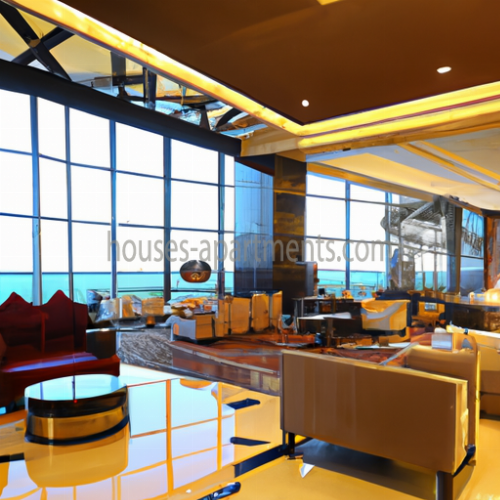The size of a hotel lobby is typically determined by several factors, including the size and scale of the hotel, its target market, and the desired atmosphere and functionality of the space. Some common considerations for determining the size of a hotel lobby are:
1. Hotel's size and purpose: The size and overall square footage of the hotel play a crucial role in determining the lobby size. Larger hotels with more rooms and facilities generally have larger lobbies to accommodate a higher volume of guests.
2. Brand standards: Hotel chains often have specific brand standards and guidelines that dictate the size and layout of their lobbies. These standards ensure consistency across different properties and help maintain brand identity.
3. Guest capacity: The lobby's size should be capable of comfortably accommodating a significant number of guests during peak check-in or check-out times. It needs to have enough circulation space and seating areas to handle the hotel's capacity.
4. Facilities and services: Lobbies often house various amenities such as reception desks, concierge services, restaurants, bars, business centers, and seating areas. The lobby's size should allow for the inclusion of these facilities while maintaining a functional layout.
5. Design and atmosphere: The desired ambiance and style of the hotel lobby also influence its size. Some hotels prefer spacious and grand lobbies to create a luxurious or upscale feel, while others may opt for more intimate and cozy spaces.
6. Local regulations: The local building codes and regulations may impose minimum requirements for lobby size based on factors like fire safety, accessibility standards, or local zoning laws.
Ultimately, the size of a hotel lobby is a result of a balance between operational requirements, brand guidelines, guest experience, and design considerations.
Publication date:

